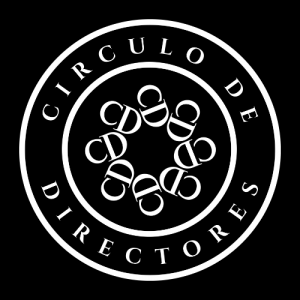Autor: Alfredo Enrione – Director del Centro de Gobierno Corporativo y Sociedad
We’ve all been there: It’s 4:45 PM on a Tuesday, and the board meeting is wrapping up with that familiar sense of accomplishment. Everyone nodded in agreement, the CEO’s presentation went unchallenged, and the minutes will reflect a harmonious gathering of minds. But here’s the uncomfortable truth: your board just wasted three hours.
The Harmony Trap
While Anglo-Saxon governance models worship at the altar of board collegiality, Latin American companies are discovering something counterintuitive: friction creates value. The director who asks uncomfortable questions, challenges assumptions, and refuses to rubber-stamp decisions isn’t a problem to be managed—they’re the most valuable asset in the room.
Research from Harvard Business School shows that boards with higher levels of “constructive dissent” outperform harmonious boards by 12% in long-term value creation. Yet most Latin American directorios still operate under the cultural assumption that disagreement equals disrespect.
The Cultural Paradox
Latin America’s relationship-based business culture creates a unique governance challenge. While personal connections build trust and enable long-term thinking, they can also silence the critical voices needed for effective oversight. The result? Boards that mistake consensus for competence.
Consider the typical family-controlled empresa: The controlling shareholder wants “team players” who understand the business culture. Independent directors, eager to maintain relationships and secure future appointments, learn to read the room rather than challenge it. This creates what I call “performative independence”—directors who are technically independent but functionally compliant.
The Latin American Advantage
But here’s where our region’s governance evolution offers unique insights to the global business community: We’re learning to harness friction productively. The most successful Latin American boards have discovered how to combine relationship-based trust with Anglo-Saxon-style challenge culture.
This hybrid model works because it acknowledges a fundamental truth: dissent without trust is destructive, but trust without dissent is dangerous. The key is building what researchers call “cognitive conflict” while maintaining “affective cohesion.”
Making Friction Work
Three practical approaches are emerging from successful Latin American boardrooms:
The Devil’s Advocate Rotation: Assign one director per meeting to formally challenge key decisions. This institutionalizes dissent while preventing any single director from being typecast as “difficult.”
The Two-Meeting Rule: Split controversial decisions across two meetings. Use the first for information gathering and challenging assumptions, the second for decision-making. This separates the friction phase from the harmony phase.
Cultural Code-Switching: Explicitly acknowledge when the board is shifting from relationship mode to challenge mode. A simple phrase like “Now let’s put on our skeptical hats” signals that tough questions are not only welcome but expected.
Reflection Questions for Your Board:
- How many times in the last six months has a director fundamentally challenged a management recommendation?
- Do your independent directors feel safe expressing dissent, or do they read cultural cues that discourage it?
- When was the last time a board decision was materially improved by director pushback?
The most effective boards aren’t those that agree on everything—they’re those that disagree productively. Latin American governance is teaching the world that you can maintain strong relationships while fostering strong challenge cultures.
P.D. The next time your board meeting ends with everyone smiling and nodding, ask yourself: Did we just govern effectively, or did we just perform governance theater?












